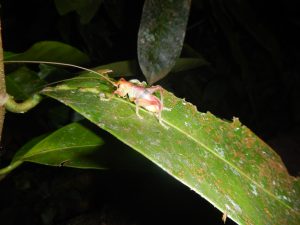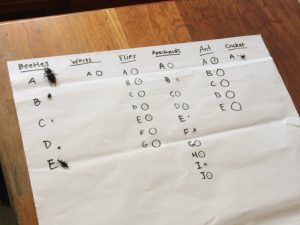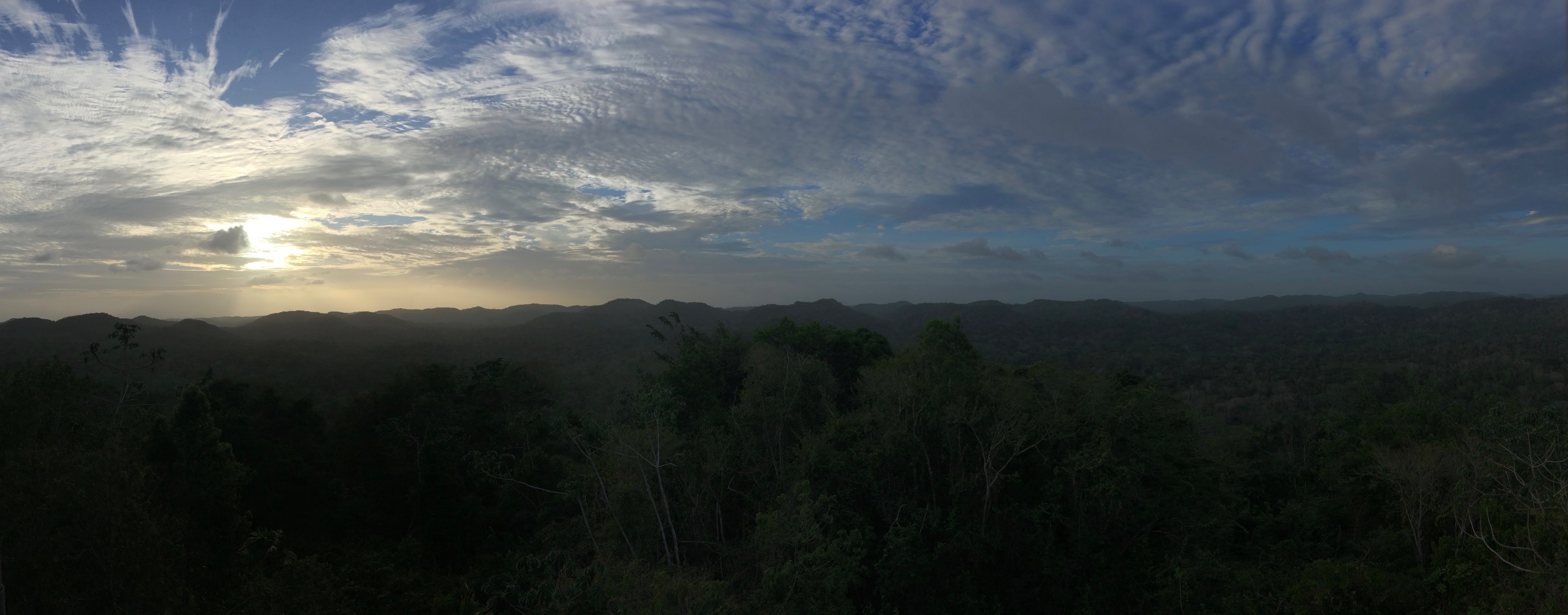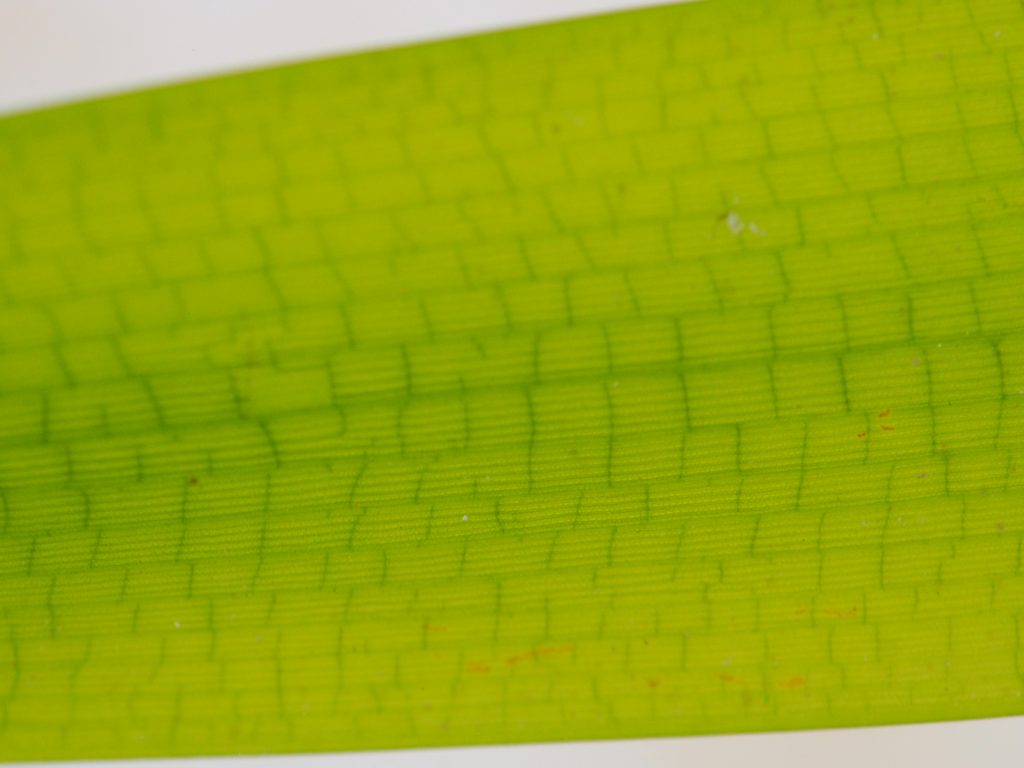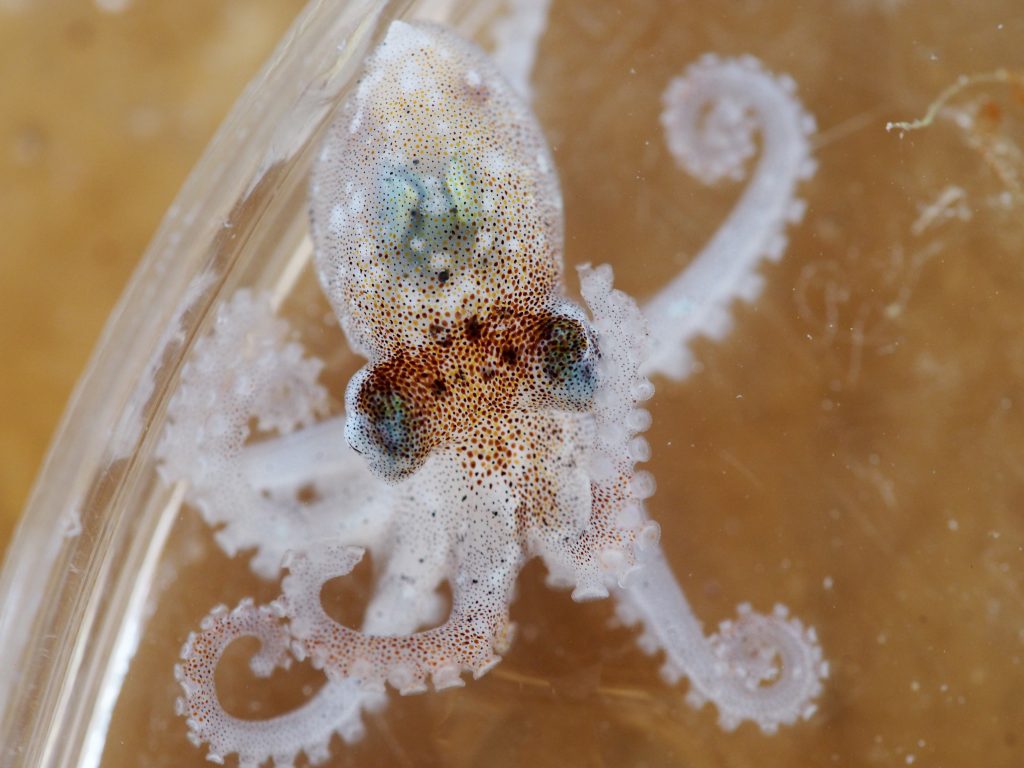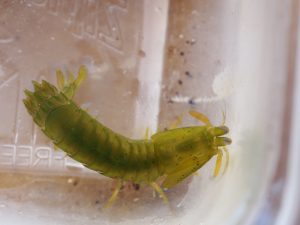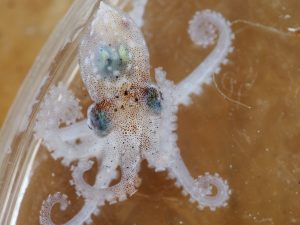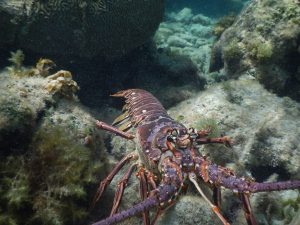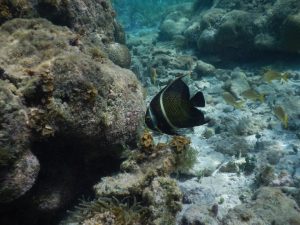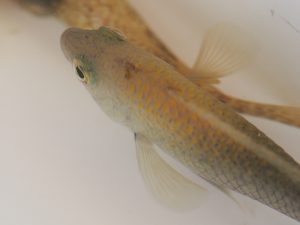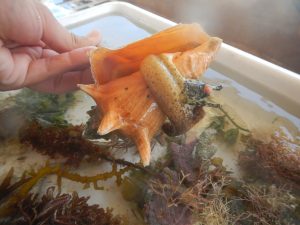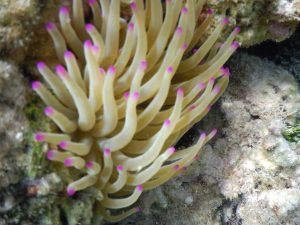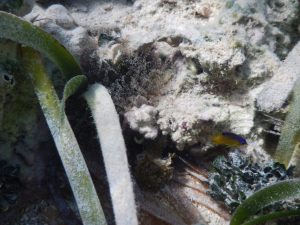Today was probably my favorite day we’ve had at Las Cuevas. In the morning we sorted through the arthropods that had fallen into our pit traps and analyzed our data. No orthoptera species fell into the traps, which bummed me out a little, but there were plenty of ants and arachnids.
In the afternoon, we went to the Las Cuevas cave. The cave is closed this year because a team of archaeologists are here excavating it, so we couldn’t go as far in as they do most years. We could still go in the entrance and pass through to the second chamber.
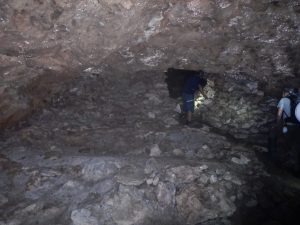
This cave was used by the Mayans for religious ceremonies, so there are still platforms in the cave they built, as well as constrictions between each chamber. Once we went into the second chamber, we had Ellie and Isaac’s Amphibian and Reptile presentations. It was funny that we heard Isaac’s presentation in the cave because on the way out we saw a snake in the Twilight Zone. It was crazy because it slithered up the wall and disappeared into a crevasse. Also in the cave, I saw a Mayagryllus apterus cave cricket.
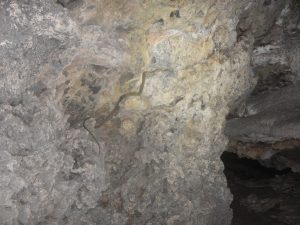
In the evening, we hiked up to the Bird Tower to watch the sunset. The hike there was short but steep, and once we climbed the tower we were way above the canopy. The mountains in the background were all such beautiful shades of greens, blues, yellows, and oranges.
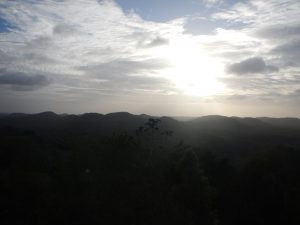
To add to the day’s theme of unusual lecture locations, we all sat down on top of the tower for Therese to give us a talk about the research she is doing for her PhD about the effects of defaunation, which is the loss of large vertebrates like gorillas and elephants.
After we finished the lecture, we climbed down the tower and scaled its sides and hung out for a bit. Then we started back to the station. Since it was dark, a lot of cool animals were out. We saw a mouse, scorpions, a Tailless Whip Scorpion, a huge cockroach, and a lot of Orthoptera. It’s crazy how much the community of a place changes from day to night.
